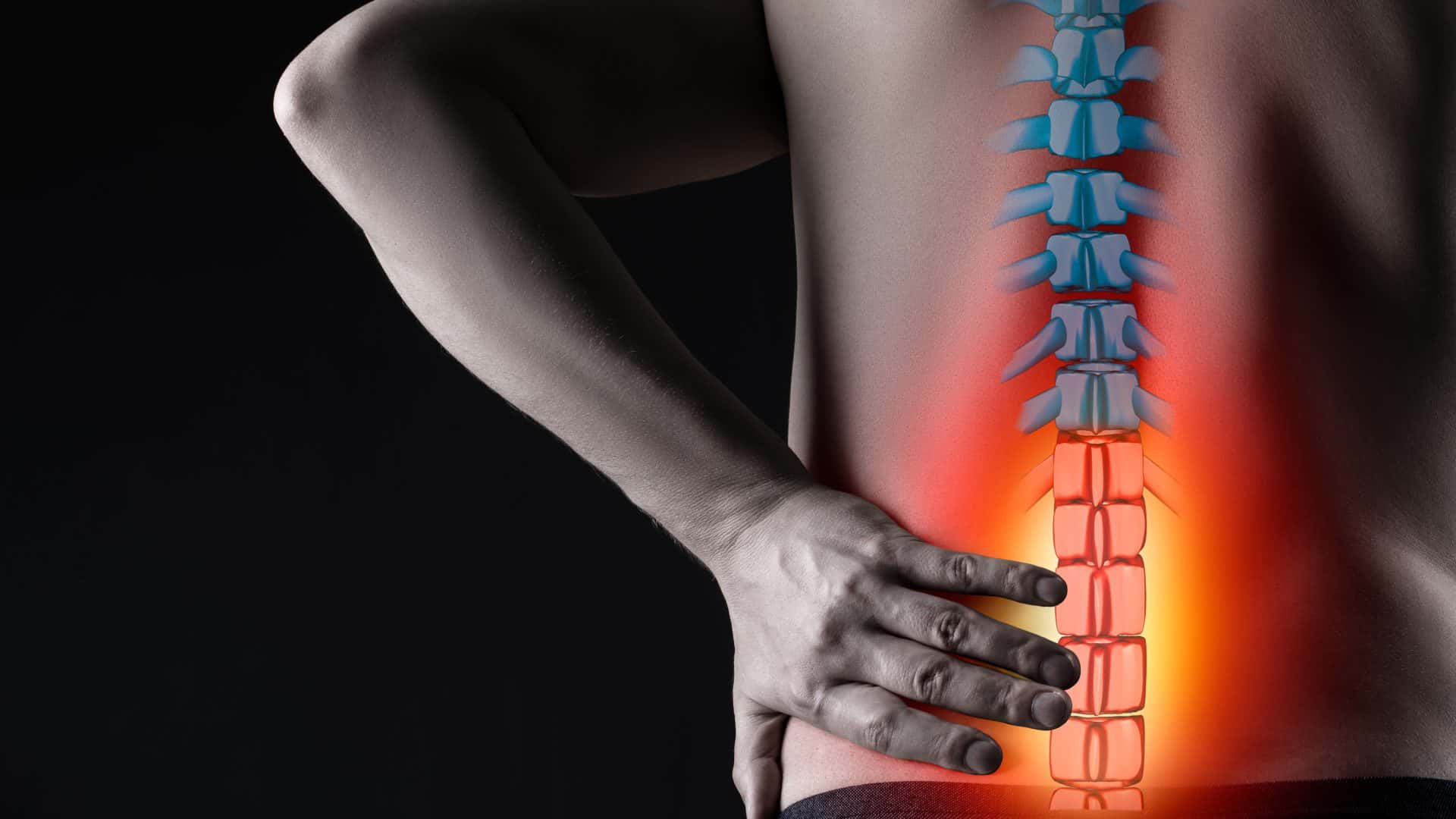What is Rheumatoid Arthritis?
A chronic inflammatory disorder affecting many joints, including those in the hands and feet. In rheumatoid arthritis, the body’s immune system attacks its own tissue, including joints. In severe cases, it attacks internal organs. Rheumatoid arthritis affects joint linings, causing painful swelling. Over long periods of time, the inflammation associated with rheumatoid arthritis can cause bone erosion and joint deformity.
Who does it affect?
RA generally starts between the ages of 30 and 60 in women and somewhat later in life in men. The lifetime risk of developing RA is 3.6 percent for women and 1.7 percent for men However, RA can strike at any age — even small children can get it. (click here for source)
Cryotherapy was invented because of Rheumatoid Arthritis
Dr. Yamaguchi of Japan who first started using freezing treatments of short duration on his Rheumatoid Arthritis patients. He found that a raid decreas in temperature on the out layer of skin (epidermis) leads to an immediate release of endorphins causing people to become less sensitive to pain.
Cryotherapy Case Study
The aim of this article was to review current evidence about cryotherapy in inflammatory rheumatic diseases(therapeutic and biological effects). For therapeutic effects, we performed a systematic review (PubMed, EMBASE, Cochrane Library, LILACS databases, unpublished data) and selected studies including non-operated and non-infected arthritic patients treated with local cryotherapy or whole-body cryotherapy. By pooling 6 studies including 257 rheumatoid arthritis (RA) patients, we showed a significant decrease in pain visual analogic scale (mm) and 28-joint disease activity score after chronic cryotherapy in RA patients. For molecular pathways, local cryotherapy induces an intrajoint temperature decrease, which might downregulate several mediators involved in joint inflammation and destruction (cytokines, cartilage-degrading enzymes, proangiogenic factors), but studies in RA are rare. Cryotherapy should be included in RA therapeutic strategies as an adjunct therapy, with potential corticosteroid and non-steroidal anti-inflammatory drug dose-sparing effects. (click here for source)
What does Cryotherapy assist with:
- Relieving Joint Pain
- Reducing Inflammation
- Better Sleep
- Reduce use of Prescription Medication
- Improve Mobility
- Improve Mental Health
Infrared Sauna Case Study
To study the effects of infrared (IR) Sauna, a form of total-body hyperthermia in patients with rheumatoid arthritis (RA) and ankylosing spondylitis (AS) patients were treated for a 4-week period with a series of eight IR treatments. Seventeen RA patients and 17 AS patients were studied. IR was well tolerated, and no adverse effects were reported, no exacerbation of disease. Pain and stiffness decreased clinically, and improvements were statistically significant (p < 0.05 and p < 0.001 in RA and AS patients, respectively) during an IR session. Fatigue also decreased. Both RA and AS patients felt comfortable on average during and especially after treatment. In the RA and AS patients, pain, stiffness, and fatigue also showed clinical improvements during the 4-week treatment period, but these did not reach statistical significance. No relevant changes in disease activity scores were found, indicating no exacerbation of disease activity. In conclusion, infrared treatment has statistically significant short-term beneficial effects and clinically relevant period effects during treatment in RA and AS patients without enhancing disease activity. IR has good tolerability and no adverse effects. (click here for source)


